
India's first Constitution Day has been full of controversies what with Rajnath Singh dissecting the rationale behind parts of the Indian Preamble and the ire that followed him after. However, he is not the first to criticise and question the Constitution makers' logic in including certain elements in the document.
It is believed that the Rashtriya Swayamsevak Sangh (RSS) heavily influences the BJP and its stand on various issues. Here's how the Right-wing group criticised the Constitution right at its inception.
"Manu" ki baat
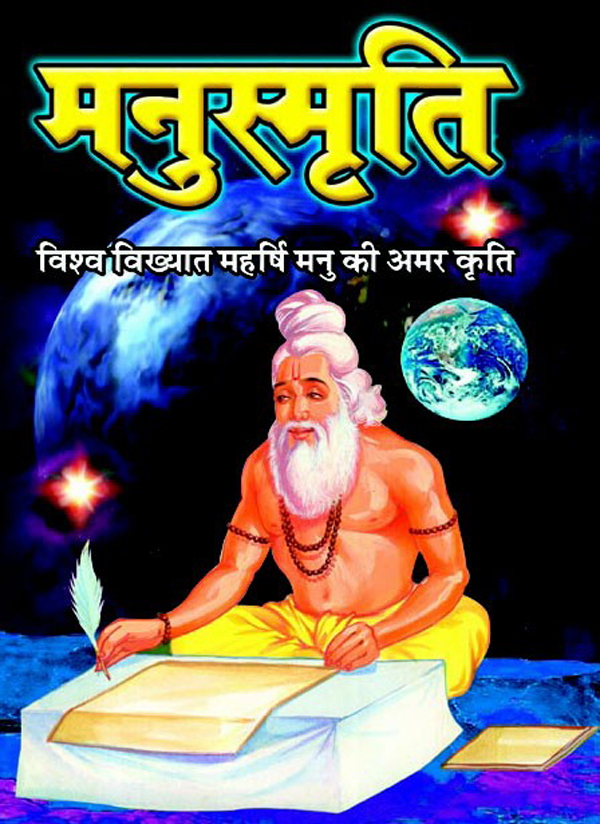
File Photo
The RSS was initially critical of the Indian constitution for adopting a democratic structure and not institutionalising India as a Hindu-majority state.
Yep, India's act of priding itself as the world's largest democracy did not go down too well with the RSS and its allied organisation, the Hindu Mahasabha. To them, it was a gross insult to the Manusmrithi, which according to Hindutva idol V D Savarkar was "most worship-able after the Vedas".
The Manusmrithi is known for its extremely regressive mandate towards women and strong advocacy of the varna (caste) system.
The RSS' critique fell on deaf ears and the Constitution (devoid of Manu's laws, thank goodness!) came into effect on 26 January 1950. Disgruntled but not one to accept defeat, the RSS published a piece titled "Manu Rules our Hearts" in the issue of their mouthpiece, Organiser, dated 6 February 1950. Here is an excerpt -
"Even though Dr. Ambedkar is reported to have recently stated in Bombay that the days of Manu have ended it is nevertheless a fact that the daily lives of Hindus are even at the present day affected by the principles and injunctions contained in the Manusmrithi and other Smrithis. Even an unorthodox Hindu feels himself bound at least in some matters by the rules contained in the Smrithis and he feels powerless to give up altogether his adherence to them."
Borrowed or not, it's still 'phoren'
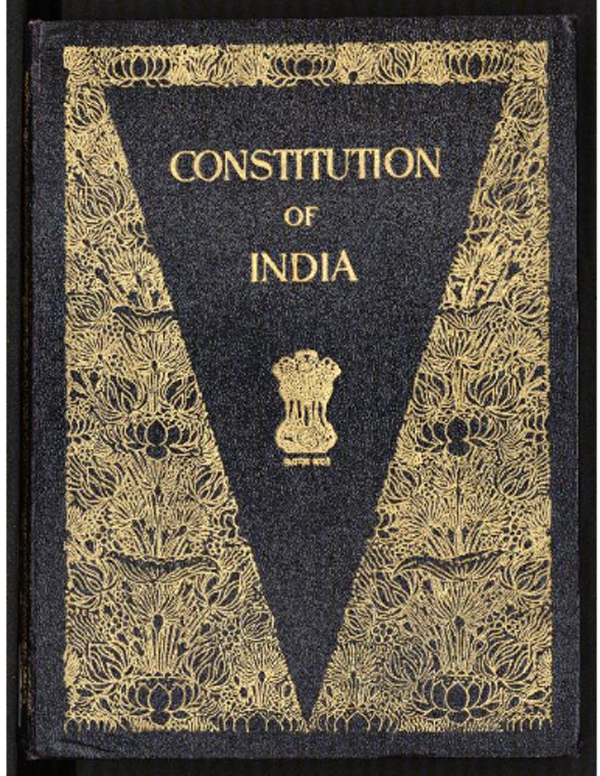
File Photo
The fact that Indian constitution makers went through the rigorous exercise of studying the best practices of various constitutions before drafting their own did not impress the RSS. In their eyes, it was an act of betrayal by the Constituent Assembly - which is probably why they called it the "so-called Constituent Assembly".
"The worst about the new constitution of Bharat is that there is nothing Bharatiya about it," grumbled the 30th November 1949 issue of the Organiser.
The RSS argued that they had completely ignored the achievements and unique accomplishments of ancient Indian constitutional laws and institutions which were, yet again, the Manusmrithi.
Their scathing remark on the Assembly's apparent failure read -
"Manu's Laws were written long before Lycurgus of Sparta or Solon of Persia. To this day his laws as enunciated in the Manusmriti excite the admiration of the world and elicit spontaneous obedience and conformity. But to our constitutional pundits that means nothing."
East or west, democracy is NOT the best

Photo: AFP
The democratic principle of "unity in diversity" - is a norm that the Indian constitution imbibes but if you were to ask the RSS, they would have said that the rationale falls flat on its face.
That's right, the ideal system of governance according to the RSS is the unitary one. M S Golwalkar, who was heading the RSS in 1940, expressed his thoughts on the issue in a book literally titled 'Bunch of thoughts'.
"Towards this end the most important and effective step will be to bury deep for good all talk of a federal structure of our country's Constitution, to sweep away the existence of all 'autonomous' or semi-autonomous 'states' within the one State viz., Bharat and proclaim 'One Country, One State, One Legislature, One Executive' with no trace of fragmentational, regional, sectarian, linguistic or other types of pride being given a scope for playing havoc with our integrated harmony."
He basically said that devolution of power would encourage "separatist feelings" and that the Constitution should be revised to be rid of the "mischievous" propaganda of the British which was now unwittingly imbibed by the constitution makers. Naughty Britons!
Tricolor? We just need one
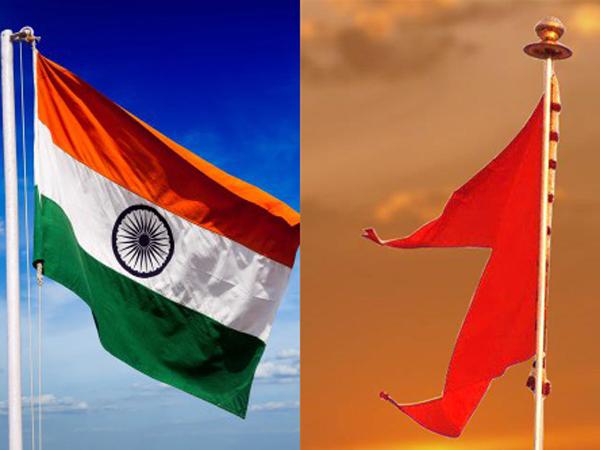
File Photo
If you have watched enough horror films, you would know that the number '3' is considered evil. So while making the following statement, maybe the RSS forgot that the number three also signifies the holy Hindu trinity of Brahma, Vishnu and Mahesh.
"The word three is in itself an evil, and a flag having three colours will certainly produce a very bad psychological effect and is injurious to a country," said the 14 August 1947 issue of Organiser.
The RSS wanted the adoption of the saffron flag which is still representative of the organisation. However, there seems to be a deeper meaning behind the demand for the bhagwa dhwaj.
"The saffron flag is representative of an ancient Peshwa regime. The regime is based in Maharashtra and so is the leadership of the RSS," says Shamsul Islam, a professor at DU and the author of the 'RSS Primer: Based on Rashtriya Swayamsevak Sangh documents'. "The original Hindu flag was actually white," he adds.


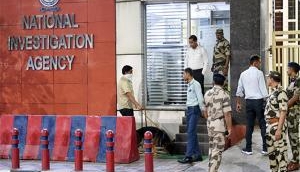
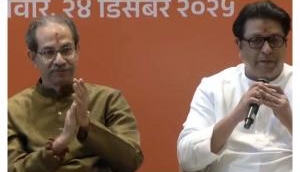
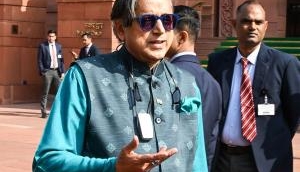

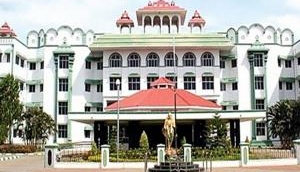
![BJP's Kapil Mishra recreates Shankar Mahadevan’s ‘Breathless’ song to highlight Delhi pollution [WATCH] BJP's Kapil Mishra recreates Shankar Mahadevan’s ‘Breathless’ song to highlight Delhi pollution [WATCH]](https://images.catchnews.com/upload/2022/11/03/kapil-mishra_240884_300x172.png)

![Anupam Kher shares pictures of his toned body on 67th birthday [MUST SEE] Anupam Kher shares pictures of his toned body on 67th birthday [MUST SEE]](https://images.catchnews.com/upload/2022/03/07/Anupam_kher_231145_300x172.jpg)






